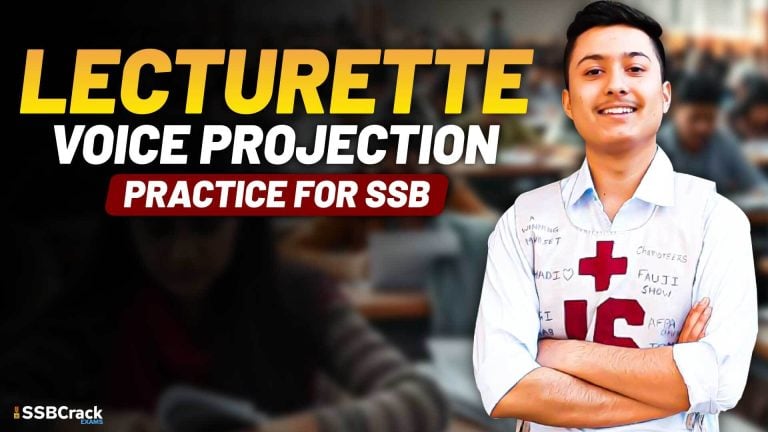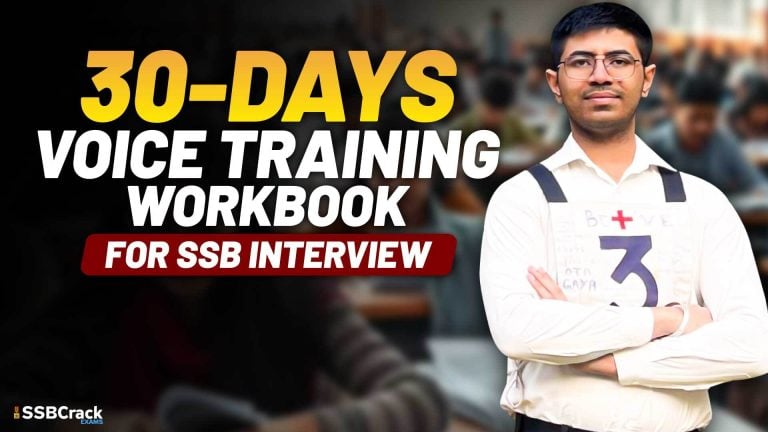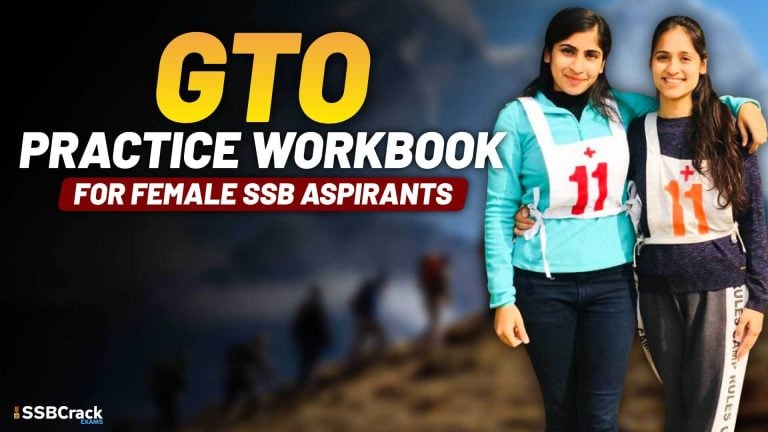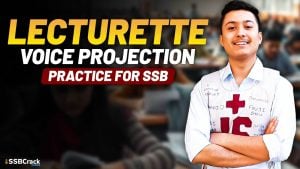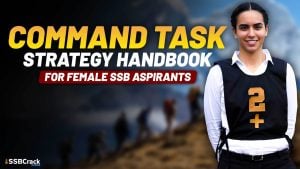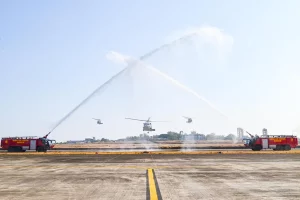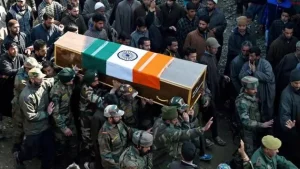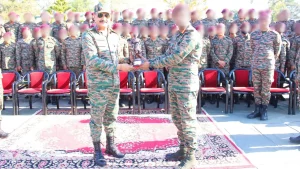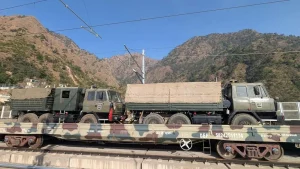In the journey toward becoming a part of the Indian Armed Forces, the SSB interview holds a place of immense significance—especially for women candidates aspiring to break barriers and serve the nation with pride. As a part of our ongoing “Ladies Special” series, this twenty-first installment brings you 5 fresh and thoughtfully crafted sample stories for Picture Perception and Discussion Test (PPDT) and Thematic Apperception Test (TAT). Each story is designed to reflect the qualities of an ideal officer—leadership, presence of mind, empathy, and determination—while also staying relatable to real-life scenarios women might envision. Whether you’re just starting your SSB preparation or looking to refine your narrative skills, these samples aim to guide and inspire.
Sample TAT & PPDT Picture
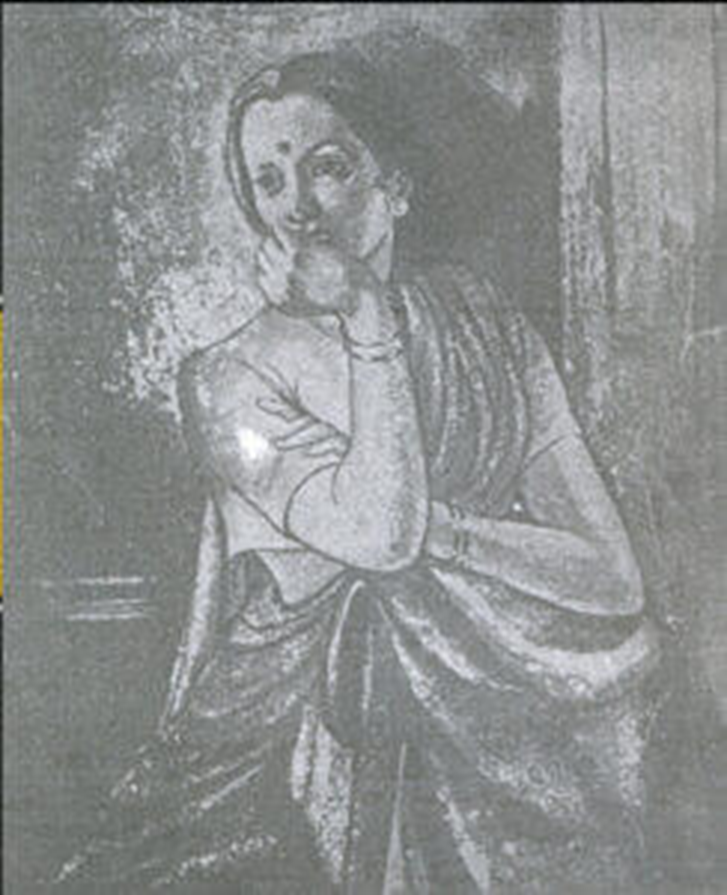
Sample TAT & PPDT Story 1
Suman, a post-graduate in Social Work, returned to her native village after completing her studies. She saw a 13-year-old girl in her village being forced to marry. She rescued her and also formulated a larger plan to address the root causes. She started by organizing awareness workshops, involved local panchayat members, and collaborated with NGOs. She ensured that young girls were enrolled in school and launched a self-help group for women. Her team surveyed nearby villages and collected data to present to the district authorities for larger-scale reform. Due to her consistent efforts, the rate of child marriage significantly dropped, and more girls were sent to school. Suman was later invited by the Women’s Commission to consult on state-wide policy improvements. Her leadership earned her the admiration of both the villagers and administration.
Sample TAT & PPDT Story 2
Lt. Priya Sharma was posted in a remote area during floods in Assam. Communication lines were down, and many villagers were stranded without food or water. Priya stands silently, reflecting on the risk she took leading her team through chest-deep waters to save 17 trapped civilians. She’s exhausted but satisfied. Despite dangerous currents, she led a team of jawans using ropes and makeshift rafts. She coordinated with air force choppers for aerial drops, made a temporary communication center with a generator, and ensured medical attention for the injured. Her rescue mission was a complete success, and her bravery was recognized with a commendation by the commanding officer. She later conducted disaster preparedness training in the same village to prevent future chaos.
Sample TAT & PPDT Story 3
Anita, a journalist and an ex-SSB aspirant, was investigating corruption in women’s employment schemes in a small town. She stands alone in her home, reflecting after filing a report that could cost her job, as it implicates a powerful politician. Despite threats, she collected video testimonies of affected women, filed RTIs to gather documents, and worked with a senior editor to publish a detailed report. She organized a press conference, ensuring media attention protected the whistleblowers. The scheme was reformed, and officials were held accountable. Anita’s courage inspired young girls to pursue journalism and stand against injustice. She was later nominated for a national integrity award.
Sample TAT & PPDT Story 4
Dr. Meena, a young Army doctor, volunteered for a high-risk deployment at a forward post near the LoC during peak winters. Meena reflects on a critical night when she saved a jawan with hypothermia using emergency makeshift equipment due to lack of supplies. She trained her team in emergency trauma care using basic resources. She developed an alternate supply route with mule carriers and coordinated with command for periodic telemedicine consults. She also educated soldiers on preventive measures to reduce frostbite and illness. The medical facility became one of the best-rated in that terrain. Her actions saved dozens of lives during that tenure, and she was praised during the annual Army Medical Review.
Sample TAT & PPDT Story 5
Neha, a B.Ed. graduate, noticed that girls from her village dropped out by age 12 due to lack of separate toilets and poor infrastructure. She looks thoughtfully at the school building she helped renovate with the help of local donations and her savings. She initiated a campaign called “Shiksha ki Aasha” and approached district officials, private donors, and local volunteers. Within a year, the school had new classrooms, a girls’ toilet block, and a library. She arranged for digital classes by partnering with nearby towns. Enrollment tripled, especially for girls. Neha was honored on Republic Day by the district collector, and her model was replicated in neighboring regions.




